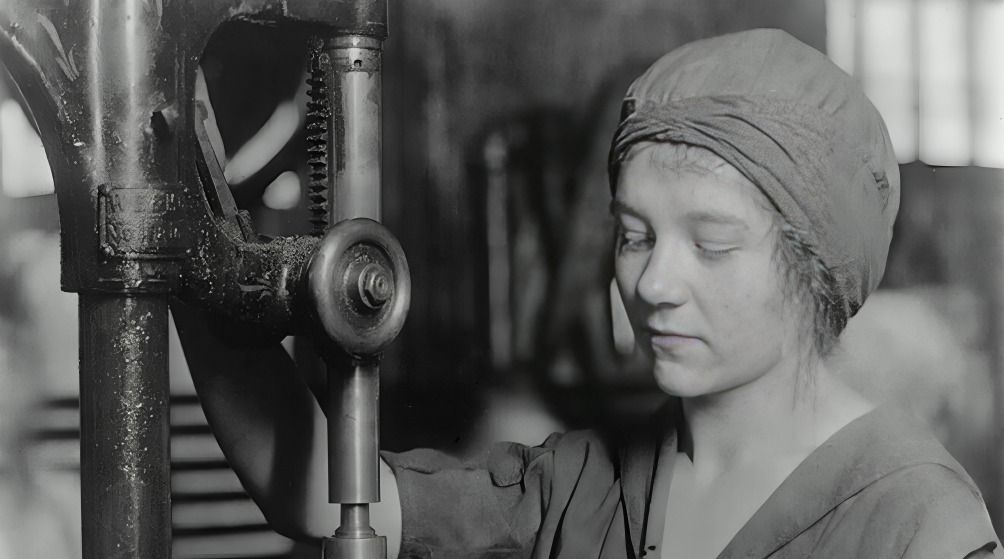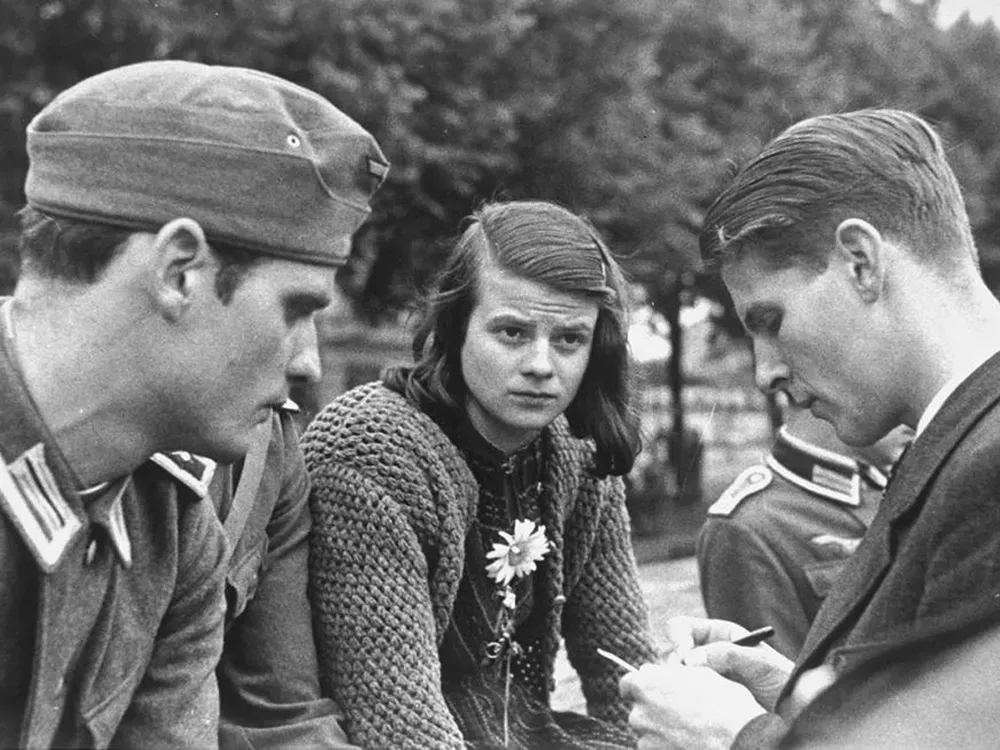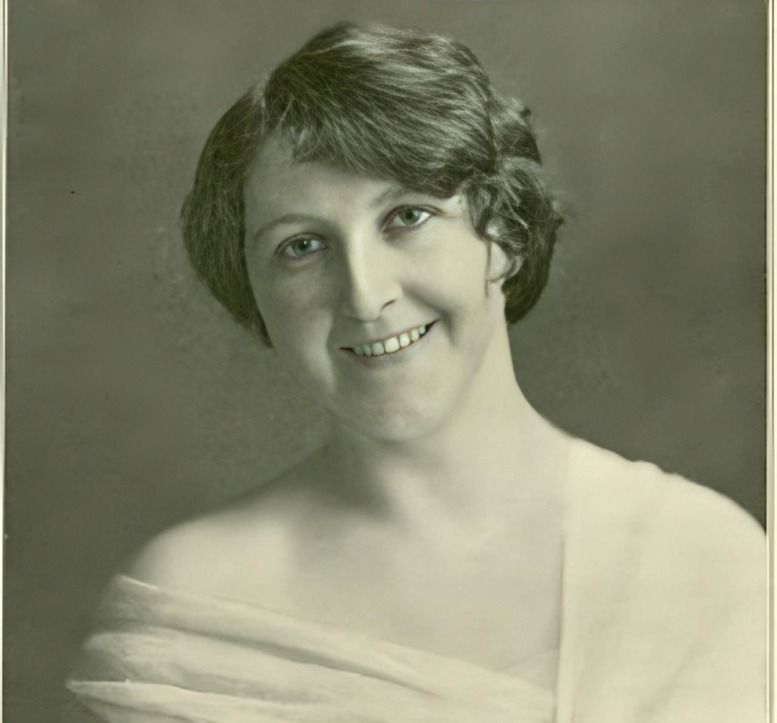
“
The roles of women in World War I and II transformed societies and reshaped gender expectations across the globe. With men fighting on the front lines, women took on essential roles at home and abroad. This blog presents 20 fascinating facts about these roles, highlighting women’s contributions in nursing, munitions factories, intelligence, and even on the battlefield. From handling logistics to providing care for the wounded, women played a crucial part in the war effort and laid the groundwork for future gender equality movements. Discover these 20 inspiring facts about how women’s roles in World War I and II changed history.1
”
During World War I, women took on roles traditionally held by men, working in factories, farms, and offices, filling labor shortages and significantly contributing to the war effort. 1
Clara Barton founded the American Red Cross, playing a pivotal role during World War I by organizing medical care, providing supplies, and tending to soldiers' needs on the frontlines.2
Lyudmila Pavlichenko, a Soviet sniper, became one of the most effective female soldiers in World War II, with 309 confirmed kills and the nickname "Lady Death."3

Sophie Scholl, a key member of the White Rose resistance group in World War II, was executed for distributing anti-Nazi leaflets and inspiring others to oppose the Nazi regime.
The Women’s Royal Naval Service (WRNS) in Britain was formed in 1917, allowing women to serve in roles like clerks, cooks, and telegraphists, supporting naval operations during the war.4
Edith Cavell, a British nurse during World War I, helped over 200 Allied soldiers escape from German-occupied Belgium. She was executed by the Germans for her espionage efforts.5
During World War II, women joined the workforce in unprecedented numbers, working in factories, shipyards, and offices to produce war materials, often taking jobs vacated by enlisted men.6
Nancy Wake, a New Zealand-born woman, became one of the most decorated women of World War II, working with the French Resistance, sabotaging Nazi operations, and helping downed airmen escape.7
Virginia Hall, an American who worked for the OSS during World War II, became one of the most successful spies, despite having a prosthetic leg, playing a key role in the French Resistance. 8
The Women’s Auxiliary Air Force (WAAF) in Britain played essential roles during World War II, from radar operators to aircraft mechanics, supporting the Royal Air Force's operations. 9
Martha Gellhorn became one of the first female war correspondents during World War II, providing firsthand reports from the frontlines and documenting the harsh realities of war. 10

Dorothy Lawrence, a British journalist, disguised herself as a man to fight in World War I. She became one of the few women to report directly from the frontlines.
Rosie the Riveter, an iconic symbol during World War II, represented the millions of American women who worked in industrial jobs, showing their strength and dedication to the war effort. 11
Women in World War I served as nurses in military hospitals, often on the frontlines, where they provided vital care to wounded soldiers, saving countless lives during the conflict.12
The Women’s Army Auxiliary Corps (WAAC) was created in 1917 in Britain, allowing women to serve in non-combat roles such as clerks, telephone operators, and cooks, supporting military operations.13
Mildred Harnack, an American professor in Nazi Germany, joined the German Resistance during World War II and was executed for her espionage activities against the Nazis.14
Many women in World War II served as pilots with the Women Airforce Service Pilots (WASP), flying planes for training and non-combat missions, thus freeing male pilots for combat duties.15

Josephine Baker, an American singer, dancer, and civil rights activist, worked as a spy for the French Resistance during World War II, smuggling vital intelligence to the Allies.
Women’s involvement in World War II led to long-term changes in gender roles, as many women continued working in the workforce even after the war, shifting societal expectations across countries. 16
Women in World War I worked as munitions workers and supporting logistics, driving the war machine forward and supporting the military’s needs.17


